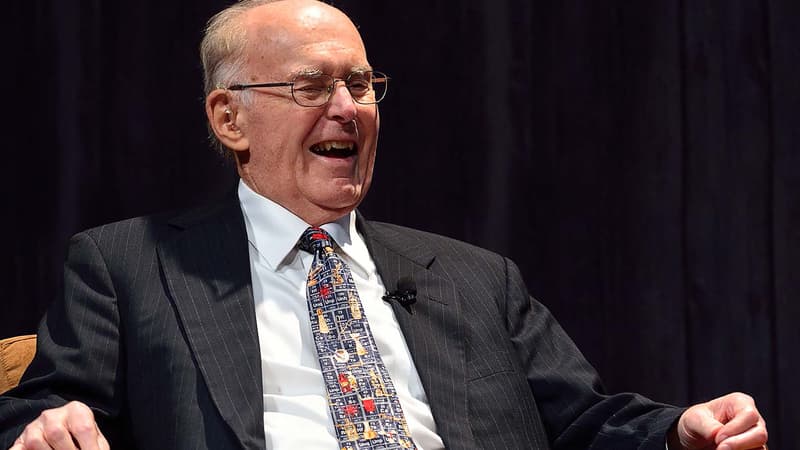Semiconductor maker Intel co-founder Gordon Moore, the creator of a theory about the technological evolution of computer chips, died Friday at the age of 94, according to his former company. In 1968, this doctor in chemistry created NM Electronics in collaboration with the physicist Robert Noyce, nicknamed the “mayor of Silicon Valley”. A few months later, the two men purchased the Intel name for $15,000. Gordon Moore would serve as the company’s CEO from 1979 to 1987.
In 1971, Intel markets the first microprocessor, the equivalent of a computer on a chip, a programmable processor containing several thousand transistors, a revolution. Intel is today the most important semiconductor manufacturer in the United States and the third in the world by turnover, behind the South Korean Samsung and the Taiwanese TSMC.
Inventor of Moore’s Law
In 1965, while working for another company, Fairchild Semiconductor, Gordon Moore predicted, in an article published in Electronics magazine, that the density of transistors in microprocessors would double every year. He will modify his projection in 1975, equally empirically, to maintain a doubling every two years. Another microchip pioneer, Carver Mead, calls this prophecy Moore’s Law.
The evolution of microprocessor capabilities has followed Moore’s Law for decades, increasing the performance of electronics and computing while reducing their costs. According to various estimates, the cost of a transistor has been divided by several hundred million since the early 1960s. This evolution has made it possible to democratize computing and electronics, first with personal computers, then with various devices, up to the mobile phone. .
Experts predict that Moore’s Law will soon cease to apply due to the physical limits of integrating transistors into a microprocessor.
Source: BFM TV


